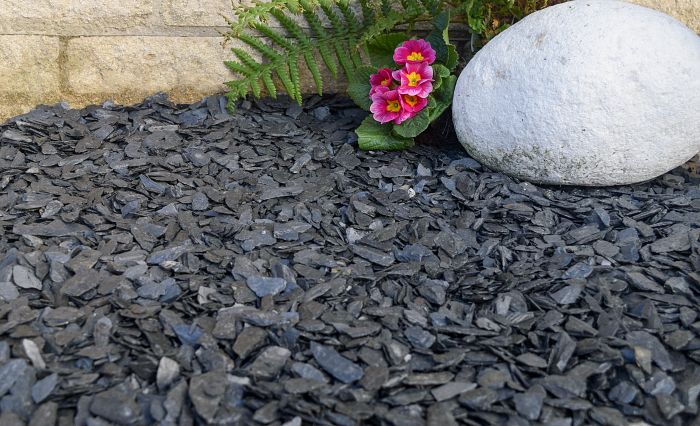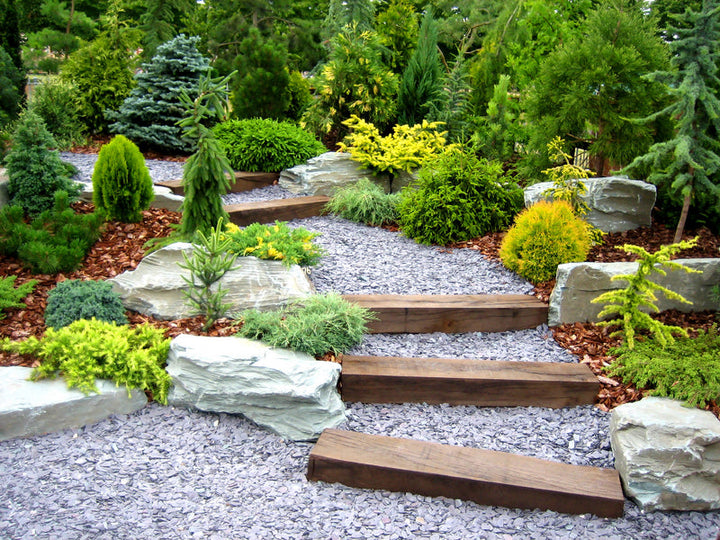How To Get Kids Excited About Gardening!
Kids love dirt. They love animals. They love playing outside. What better activity than getting them involved in your gardening? But how can you spark their interest in the first place?
Grow food
Growing food is the perfect way for kids to get interactive in the garden. Watching the growth process from seed to harvest is not only educational, but fun and tasty.
One of the best ways to capture their interest is to get them picking and eating the raw veggies right from the plant.
Why not name the vegetable patch after them and create a sign to stick in the soil? E.g. ‘Bobby’s veggie patch’.
Here are the best vegetables to grow with children:
- Baby carrots
- Spinach
- Lettuce
- Cucumber
- Spring onions
- Cherry tomatoes
- Snap peas
Veggies such as baby carrots, lettuce, cucumber etc. are fast growers, meaning children don’t have to wait long to feel that gratification from their efforts.
Cherry tomatoes and snap peas are the best for the kids to eat straight from the plant and munch while they’re playing in the garden.

You could even create a ‘pizza garden’ with the following veggies:
- Tomatoes
- Onion
- Pepper
- Oregano
- Basil
Once these are ready to harvest, the kids can decorate a homemade pizza with produce they grew themselves.
Choose bright colours and fascinating names
Choose plants with interesting, exciting names such as:
- Bird of paradise
- Poached egg plants
- Lamb’s ear
- Chocolate cosmos
- Venus Flytrap
There are thousands of plant species, but the key to getting kids excited is to choose enticing, bright, fun plants. Interesting names encourage them to think about why they’re called that.
The different textures of these plants provide sensory stimulation. Plus, plants such as the Venus Fly Trap are interactive, drawing children to them.
Get crafty
Getting crafty outside can unlock even more magic in the garden for kids.
Here are a couple of creations to try:
Paint flower pots
Kids can paint their favourite things onto plant pots, or perhaps garden animals. Stencils can be a great help here too.
In fact, anything goes - there are no rules and it’s the perfect opportunity to brighten up the garden. Plus, they make the perfect gift!
Here’s a top tip - spray or coat the painted pots with a sealer so they’ll last out in the garden!
Make a hanging basket
These are so easy to make and there’s no need to wait for the bulbs to grow, giving children instant gratification.
Simply choose a basket shape and size, and insert a lining into the basket. Fill the basket with potting soil and plant your favourite annual flowers.
Although hanging baskets don’t last much longer than a season, you can plant a new one in each school holiday!
Build a rockery
Kids get fascinated by rocks. You can get the children involved from start to finish with this project – from picking the rocks to choosing where to put them. Take a look at these stunning, natural looking rocks that can be used to make an amazing rockery.

Play fun games and set challenges
You can get their friends and family involved in playing games and having competitions. Not only will they learn lots and get to explore but they can be entertained for hours outside - without any electronic devices!
Here are a few challenges to try:
- Who can grow the longest runner bean?
- Who can grow the tallest sunflower?
- Go on a bug hunt - how many worms can you find? How many different types of bugs can you see?
We’ve also created a couple of games for you:
1) ‘What Can You Spot In The Garden?’
We’ve even made things easy for you - download and print our challenge here.

2) A garden treasure hunt!
Treasure hunts are inexpensive and a lovely surprise for kids. They’re fantastic as they’re so interactive and the clues you write can be tailored to the age of your children.
We’ve put together a guide on how to run a treasure hunt and some clue ideas to help you out.
You could even choose a theme based on your their interests and get them dressing up too!
Here’s a basic guide to running a treasure hunt:
1. All you need is:
- Something to hunt for or a prize
- A printer / paper and pen
- String
2. Next, plan your clues.
You can make clues more difficult for older children and simpler for younger children.
We’ve written some example riddles below:
I am brightly coloured and smell very sweet,
I grow with water and sun but I start by your feet.
Answer: A flower
Riding me is so fun, there’s lot of loud squeals,
I can move really fast with my two round wheels.
Answer: A bicycle
I’m like a little house with room for lots to store,
In here you’ll find tools to help with a garden chore.
Answer: A shed
I’m used in the summer and I get really hot,
I make food for you that you’ll like a lot.
Answer: BBQ
I’m full of water but don’t dip your feet,
I’m where lots of creatures live and eat.
Answer: Pond
I have bark but I’m not a dog,
I’m often chopped and made into a log.
Answer: Tree
I have four legs but I don’t have feet,
If you want to relax, take a seat.
Answer: Bench
3. Hide your clues and treasure.
The kids are given the first clue, then tie the rest of the clues to the answer of the previous clue. E.g. with the above examples, hide the riddle about the bicycle on a flower.
Hide the treasure/prize at the answer to the last riddle.
4. Set the kids off on an adventurous hunt.
Download our clue template here to make your own clues.

These are just some of the ways to get kids excited about gardening and the outdoors. Remember to make it as interactive and fun as possible - alongside the educational elements.
Good luck!


